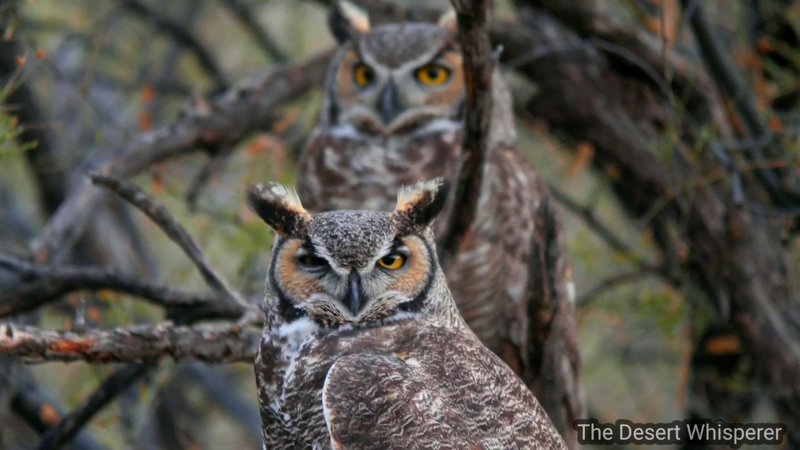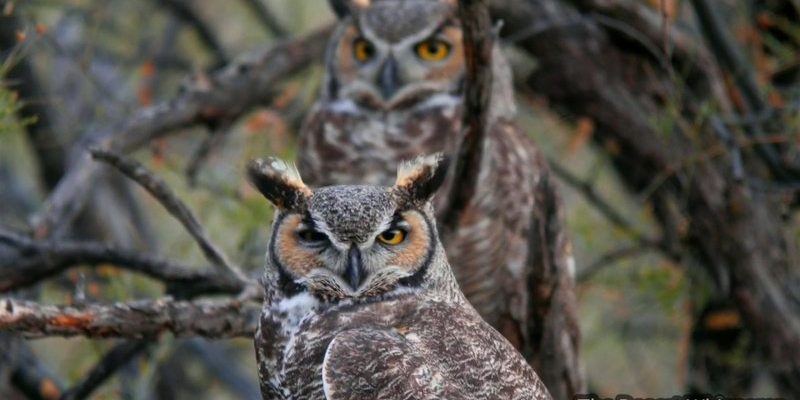
If you’ve ever seen two owls perched closely, watching each other intently, you’re witnessing the beginning of a beautiful relationship. Courtship isn’t just about finding a mate; it’s a dance of communication that involves vocalizations, displays, and some serious commitment. Let’s dive into the enchanting world of these remarkable birds and explore how they find love.
The Great Horned Owl’s Unique Characteristics
Before we jump into their courtship rituals, it’s worth noting what makes the great horned owl so special. This large owl species is known for its distinctive appearance, which includes a broad body, powerful talons, and striking plumage that varies from gray to reddish-brown. These features help them blend into their surroundings, making them effective hunters.
You might be wondering, why does their appearance matter in the context of courtship? Well, strong physical traits can attract potential mates. Just like how a peacock spreads its feathers to show off, male great horned owls flaunt their size and strength to signal their fitness as a partner. It’s nature’s way of ensuring that only the best genes are passed on to future generations.
Vocalizations: The Language of Love
One of the first signs of courtship in great horned owls is their vocalizations. These owls have a repertoire of calls, from deep hoots to sharp barks. During the breeding season, you might hear them communicating at dusk or dawn, establishing their territory while also reaching out to their mates.
The sound of a hooting male can resonate through the night, inviting females to respond. Their calls not only signify a potential mate’s location but also showcase their strength and health. Here’s the thing: a strong, clear call can attract a female, while the absence of vocalization may deter potential partners. It’s all about putting your best foot forward, or in this case, your best call!
Display Behaviors: Acting Out the Romance
When it comes to courtship, actions often speak louder than words. Great horned owls engage in a series of fascinating display behaviors that add a theatrical flair to their mating rituals. Males often puff up their feathers, extend their wings, and move in a slow, graceful manner. This isn’t just for show; it’s a way to impress females and assert dominance over competitors.
You might picture them hopping from branch to branch or swiveling their heads to catch their partner’s attention. It’s a bit like a dance-off in the bird world—each move designed to dazzle and charm. Interestingly, these displays also serve a practical purpose: they help establish territory and signal to other males that this area is taken.
Nest Building: A Sign of Commitment
Once a pair of great horned owls has formed a bond, they take the next step by preparing for nesting. Owls are known to be meticulous when it comes to selecting a nesting site. They often choose tall trees, cliffs, or even abandoned nests from other birds, such as hawks. The goal is to find a safe and secure space to raise their young.
What’s fascinating here is the level of cooperation involved. Both the male and female contribute to nest-building, showcasing their commitment to each other and their future offspring. It’s a poignant reminder that teamwork plays a crucial role in the animal kingdom, just as it does in our lives.
Breeding and Incubation: The Next Chapter
Once the female lays her eggs, which typically ranges from one to five, the real work begins. The female will incubate the eggs, while the male takes on the duty of hunting to provide food for her. This division of labor is essential; it allows both parents to protect their young while ensuring they have the necessary resources to thrive.
The incubation period lasts about 30 to 37 days, and during this time, the bond between the pair strengthens. They communicate frequently, ensuring that they are in sync regarding feeding and caring for their chicks once they hatch. It’s a remarkable partnership that ensures the survival of their next generation.
Parenting: Raising The Next Generation
After the eggs hatch, both parents remain actively involved in raising their chicks. The young owlets are reliant on their parents for food, protection, and guidance during their early days. This commitment to nurturing is an essential aspect of great horned owl life, highlighting the responsibilities that come with parenthood.
You can often see the owlets perched near their parents, learning the ways of the world. As they grow, they’ll start to practice hunting, mimicking their parents’ behaviors. This stage is critical; parents teach them how to be independent and prepare them for life on their own.
The courtship and mating rituals of the great horned owl are not just about finding a partner; they’re about creating a bond that ensures the survival of their species. Through vocalizations, displays, nest building, and parenting, these majestic birds demonstrate the beauty of connection and commitment.
Understanding these rituals allows us to appreciate not just the great horned owl but also the intricate dance of life that occurs in nature every day. So, the next time you hear a hoot echoing in the night, remember that it’s more than just a call; it’s a heartfelt message of love and dedication between two remarkable birds.

